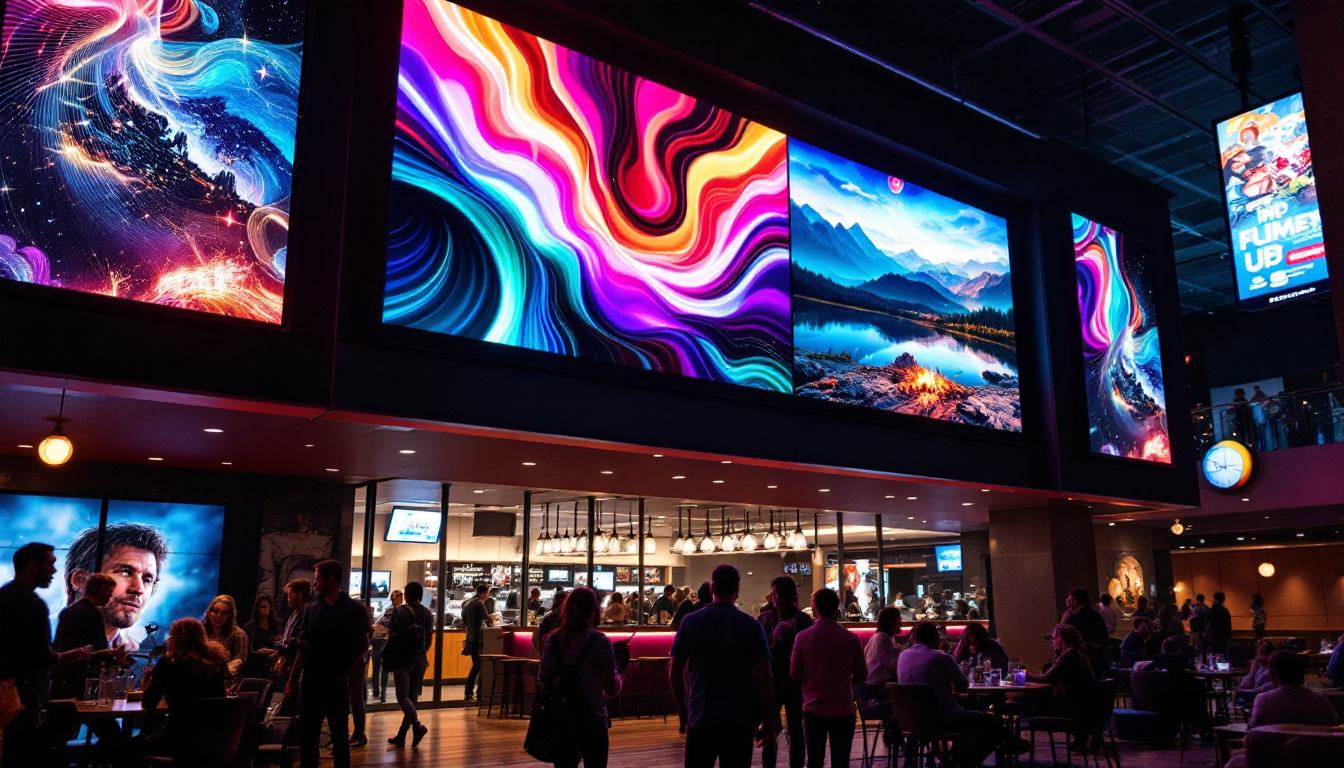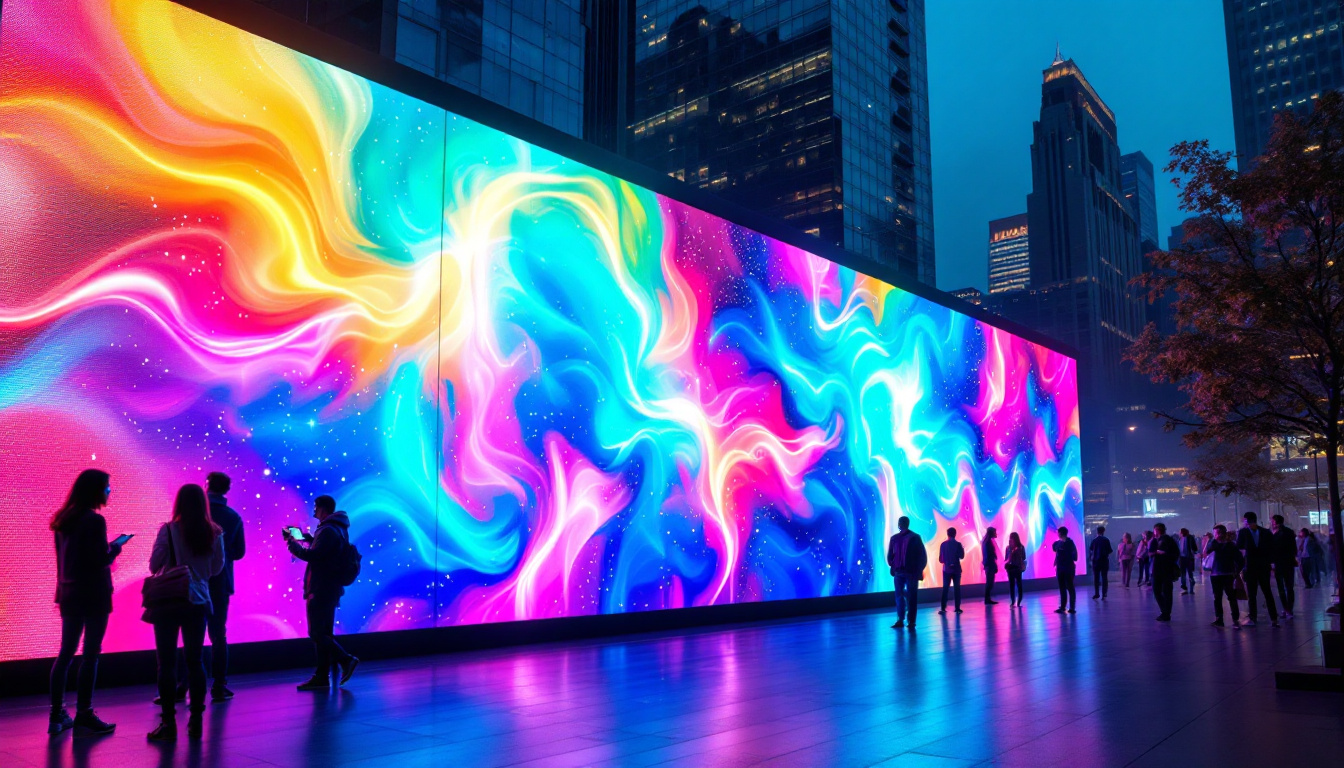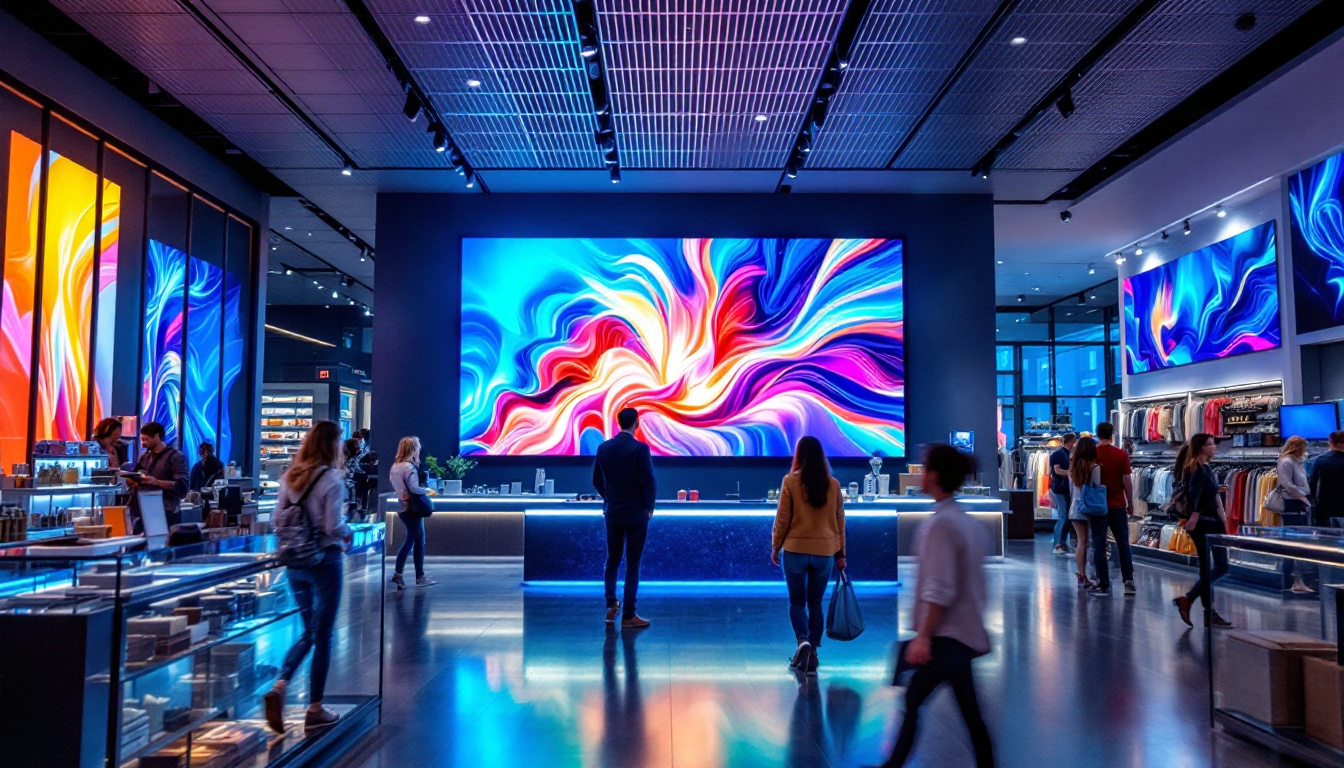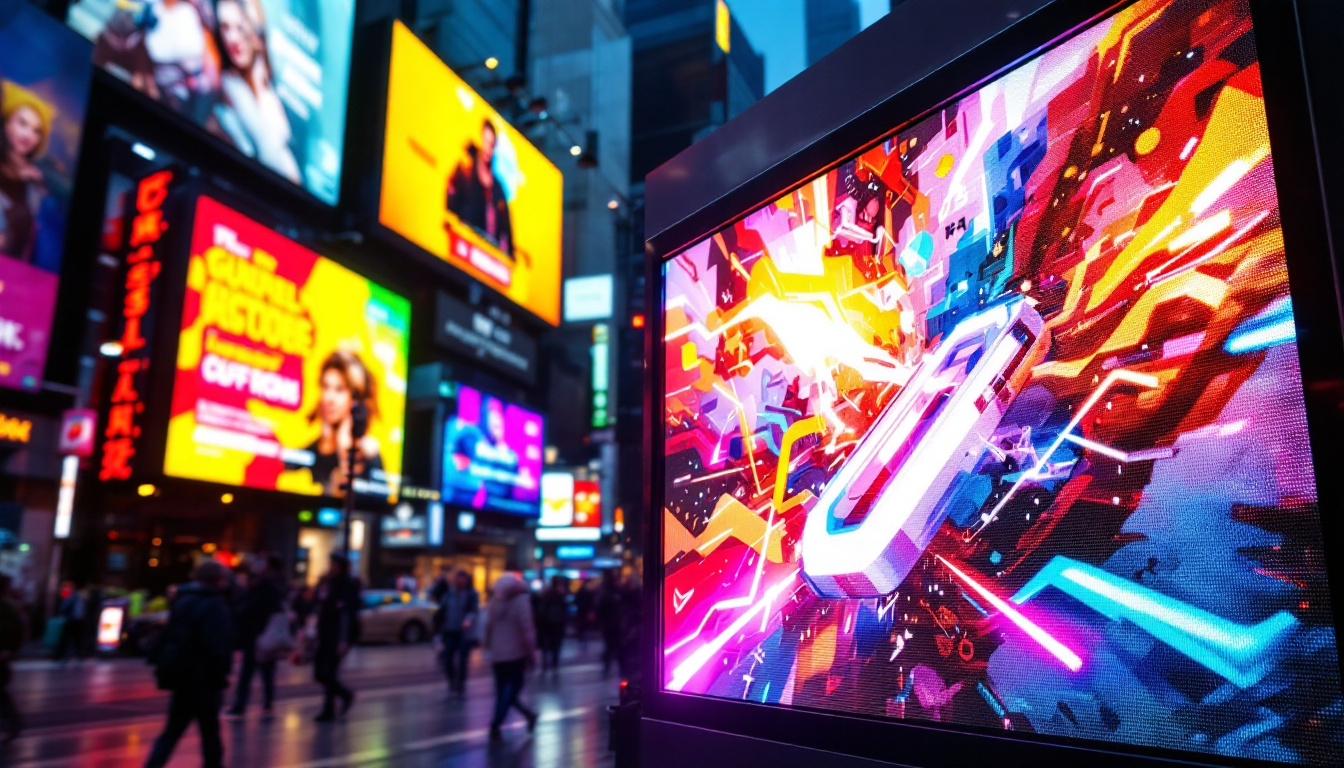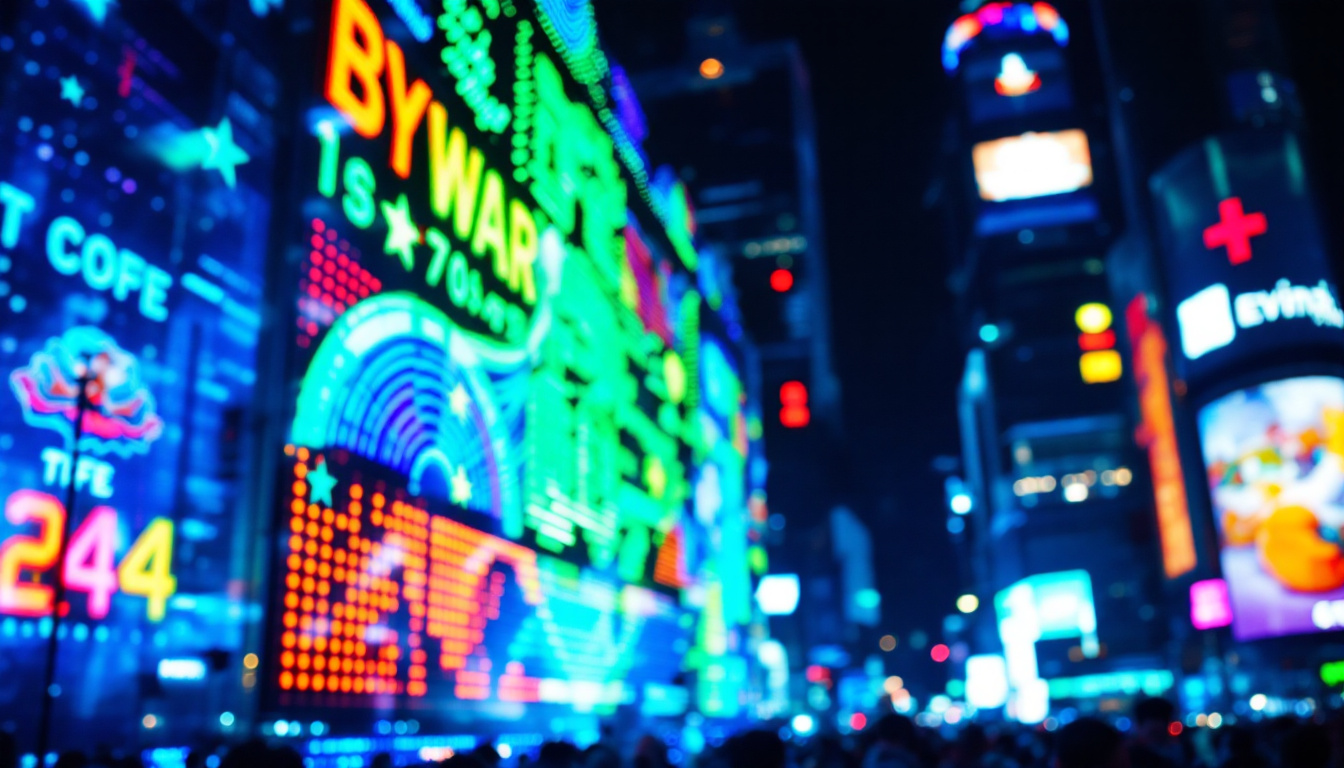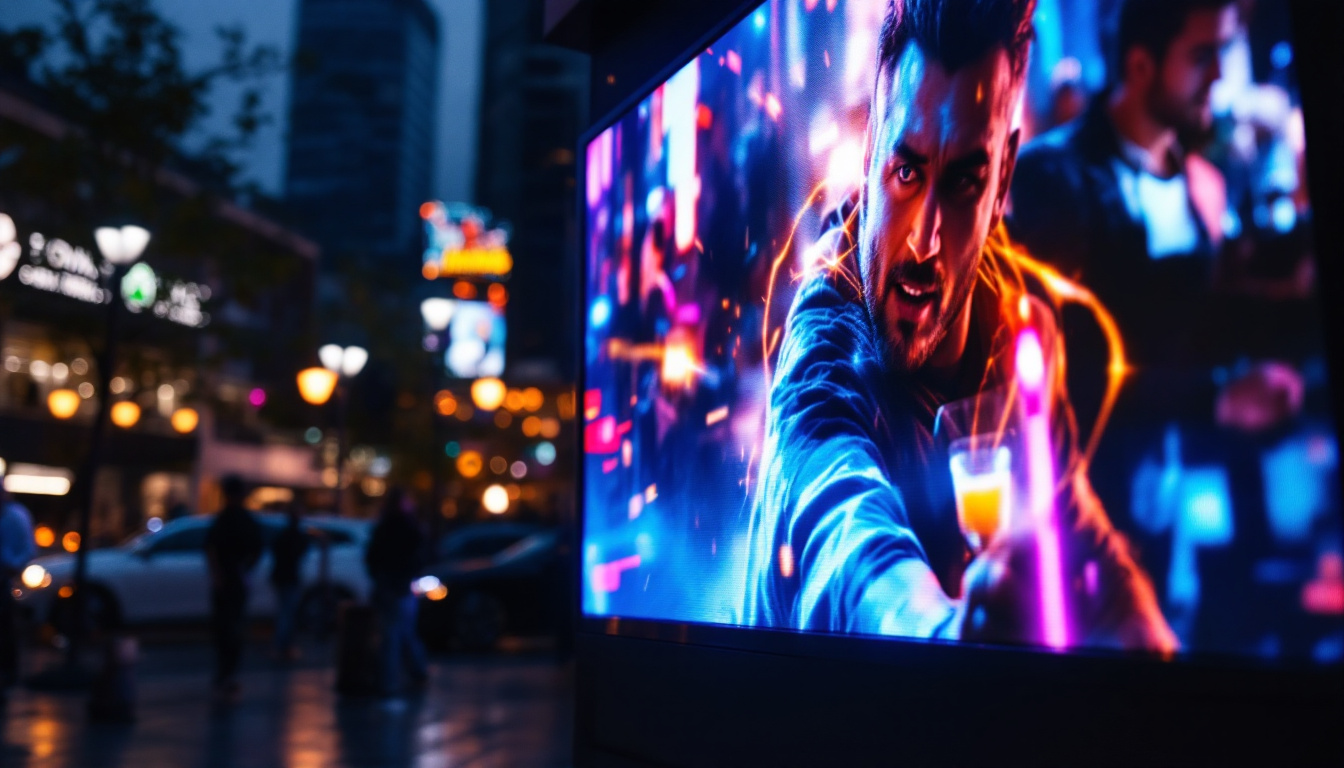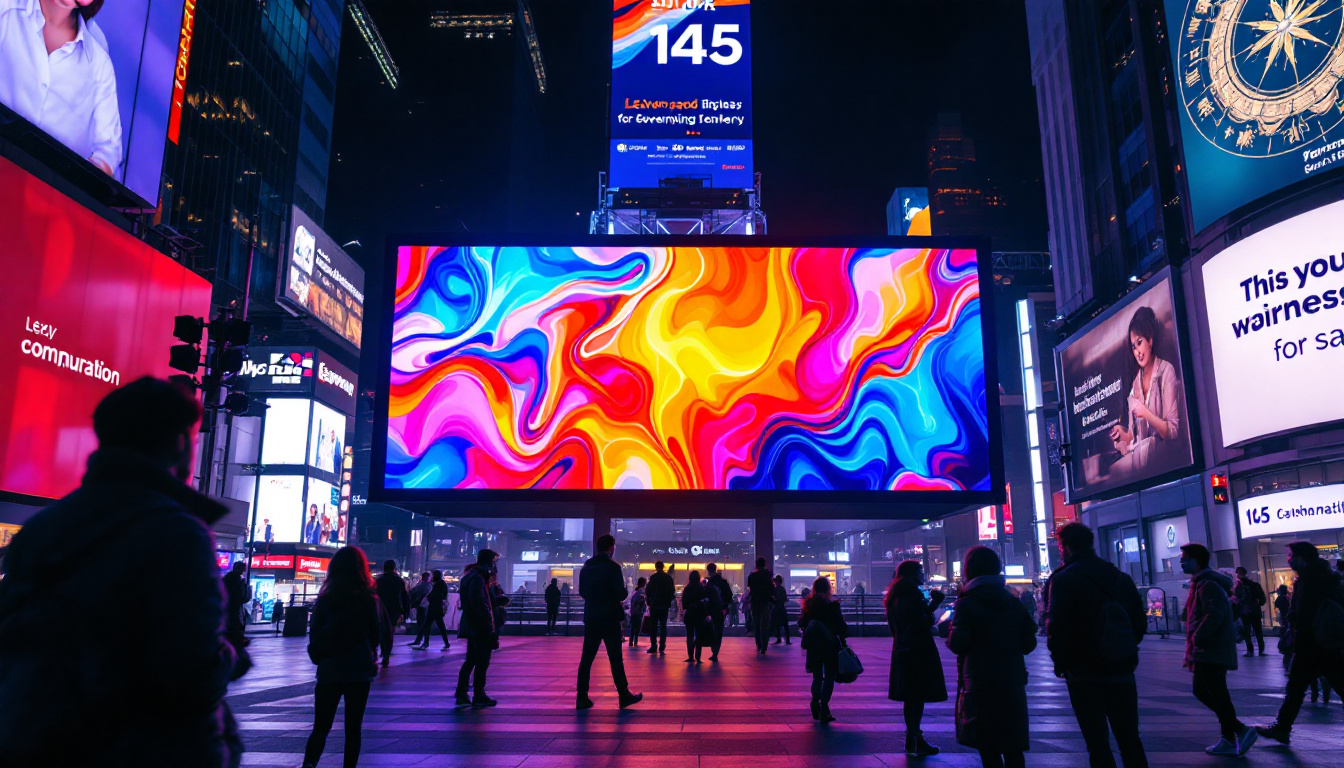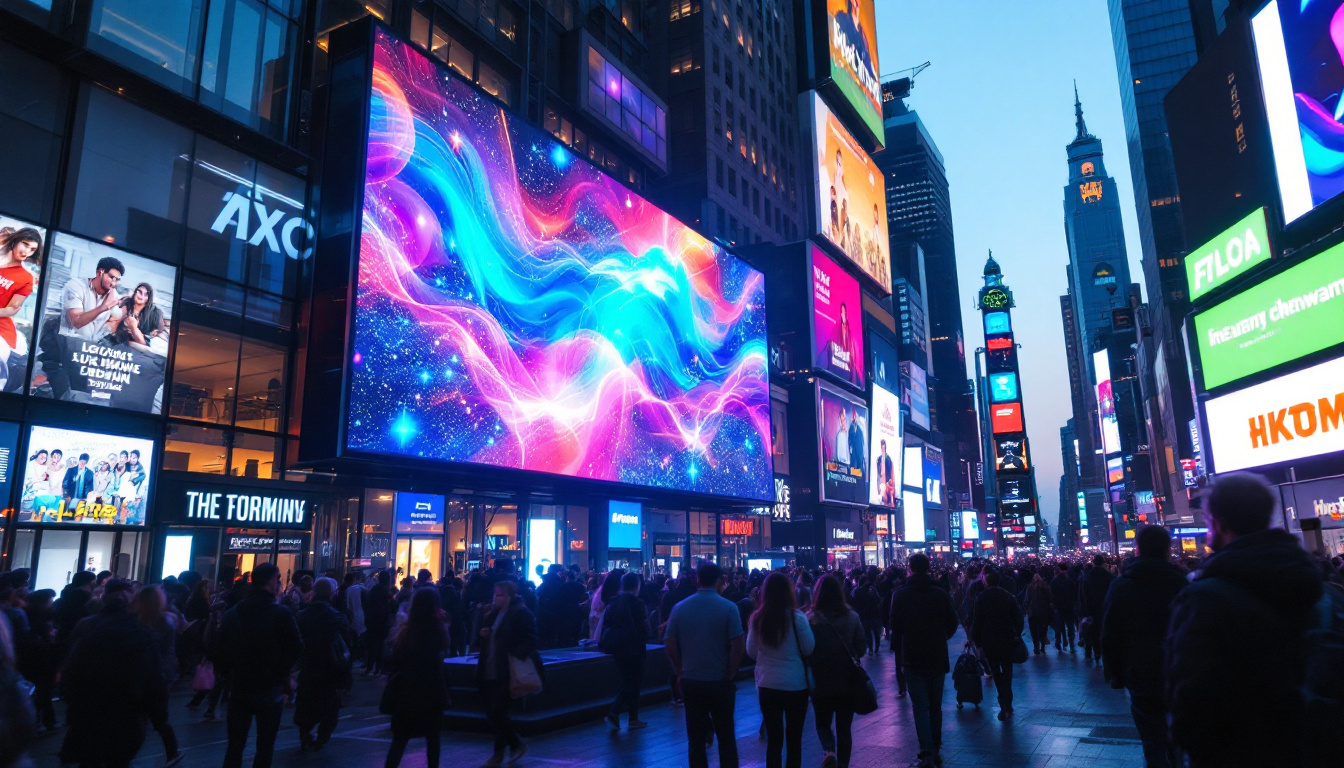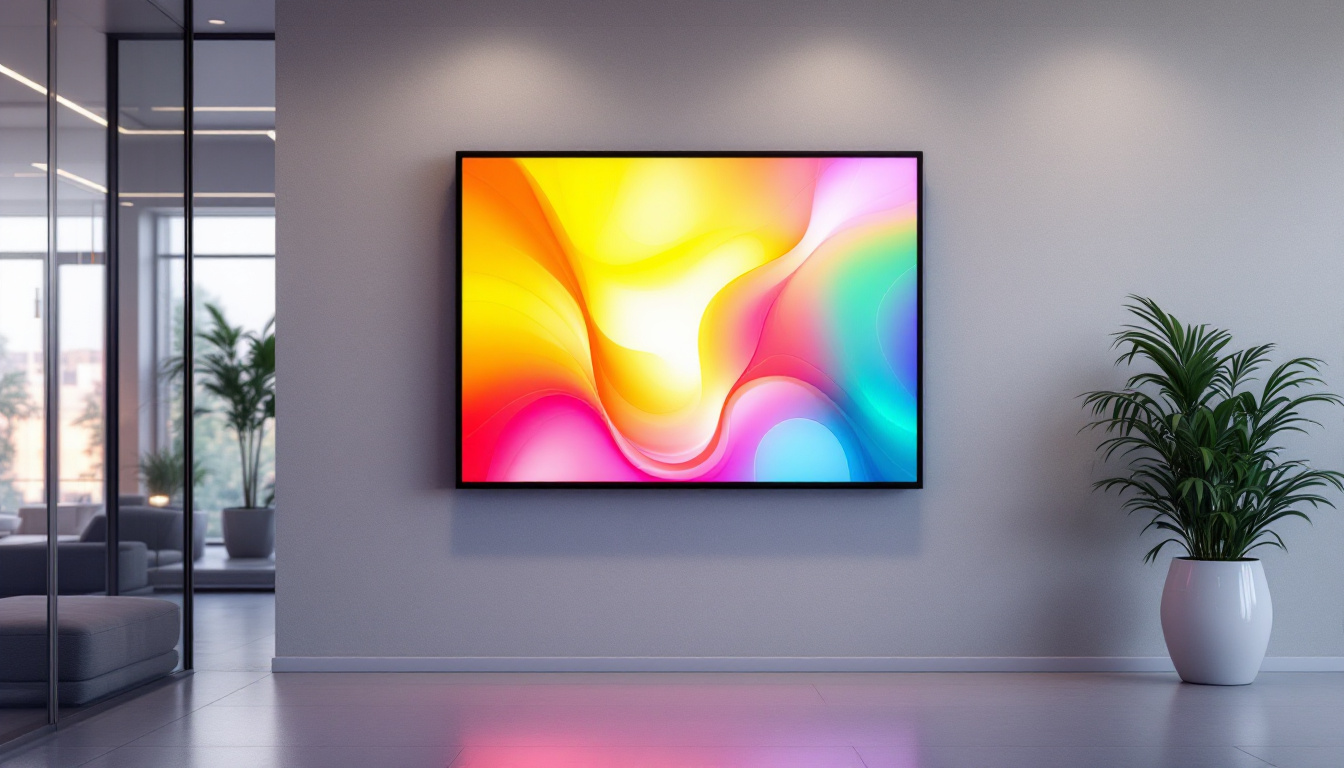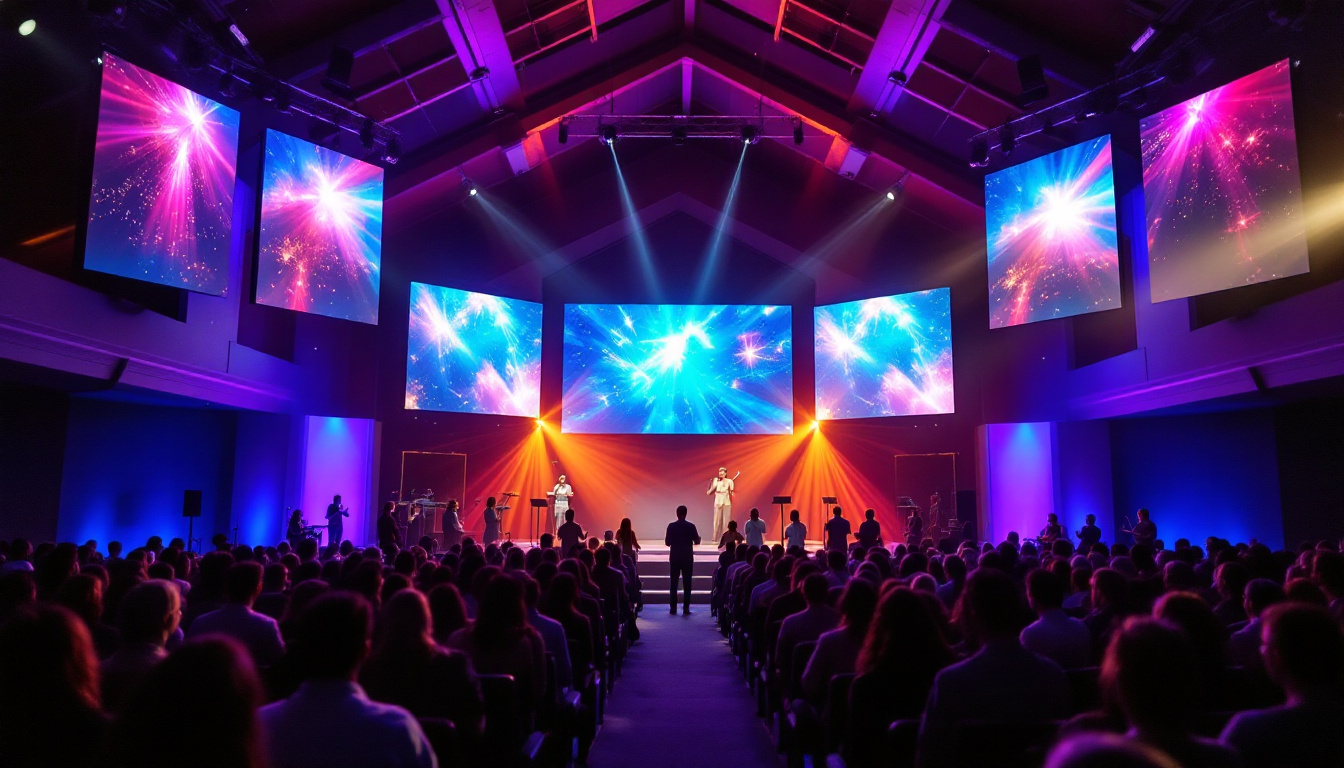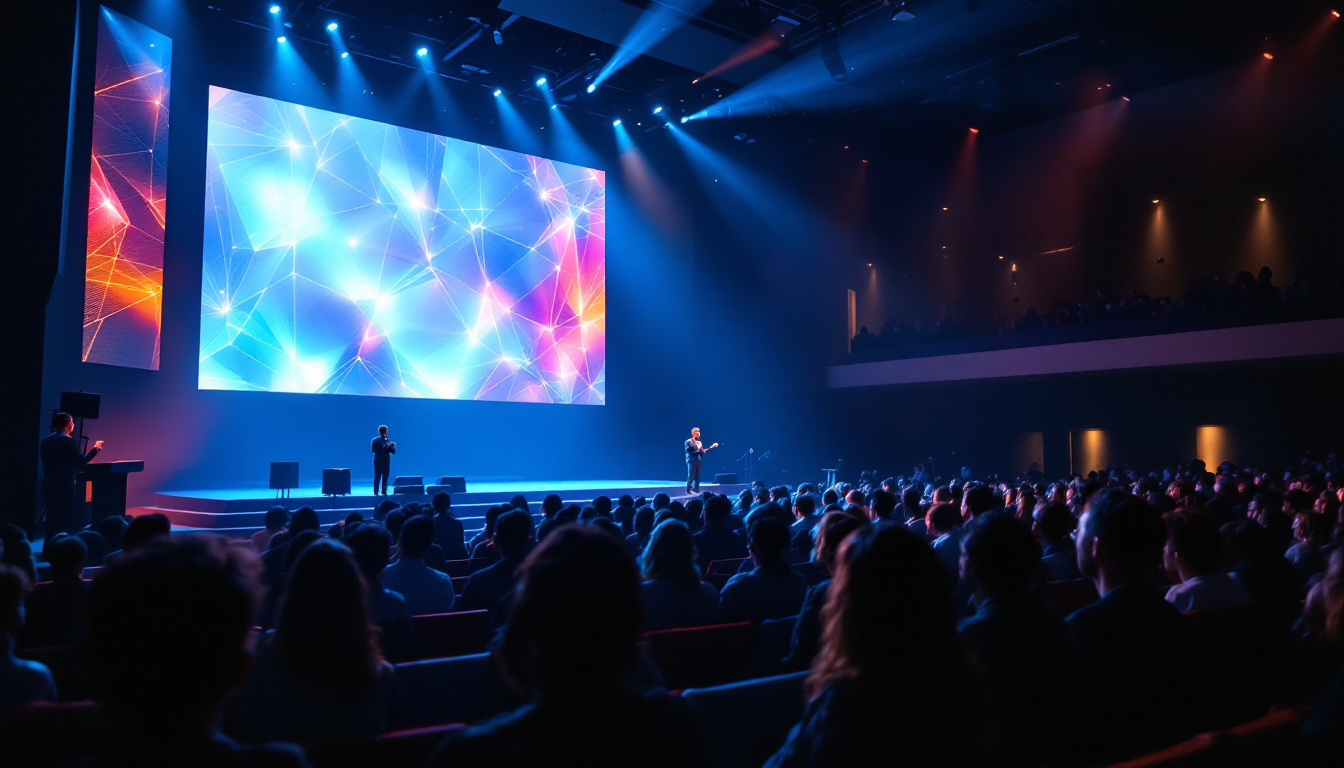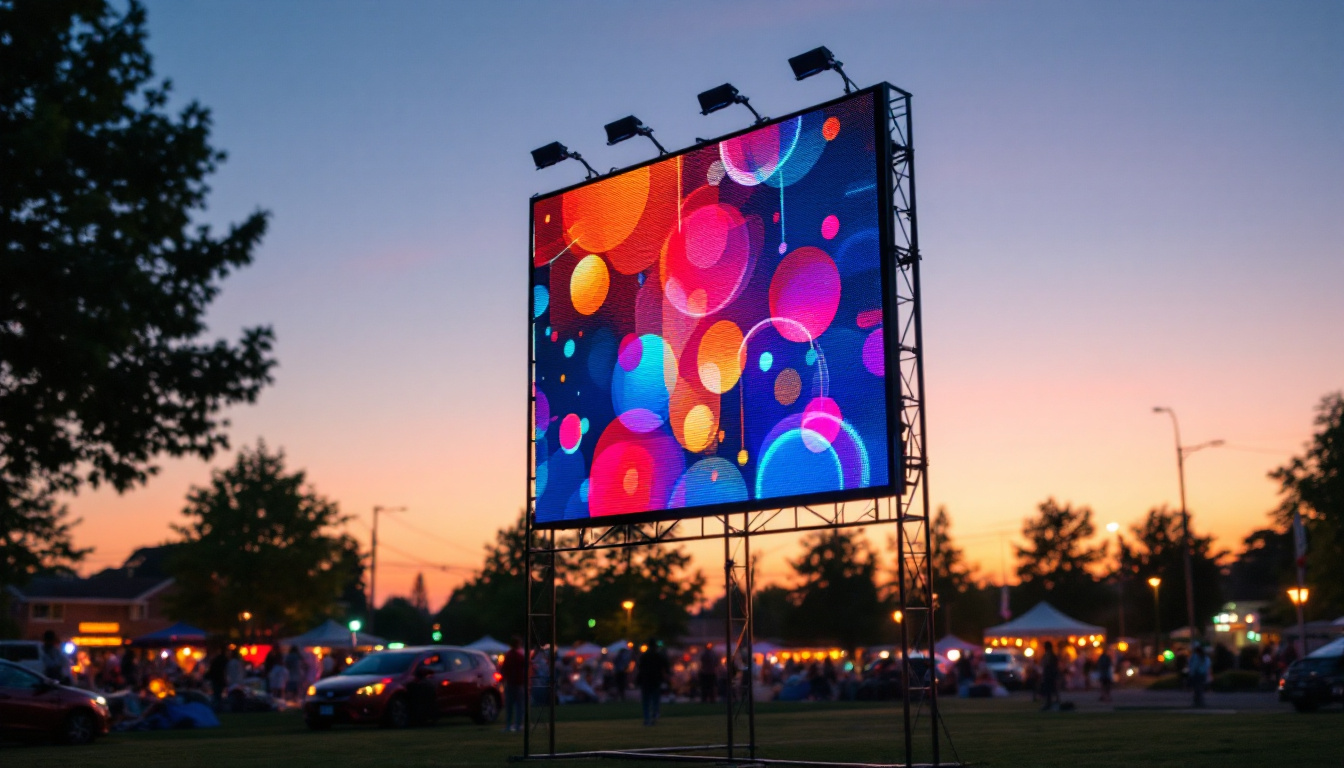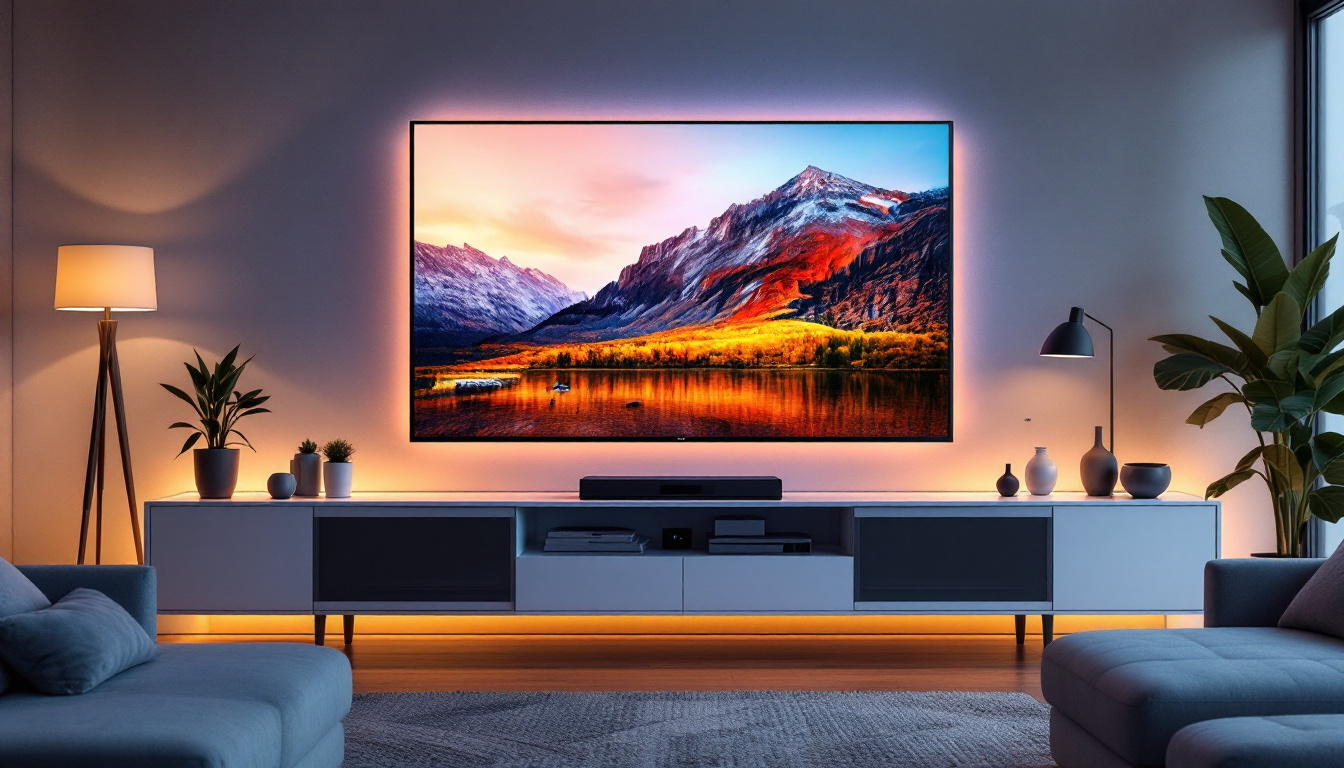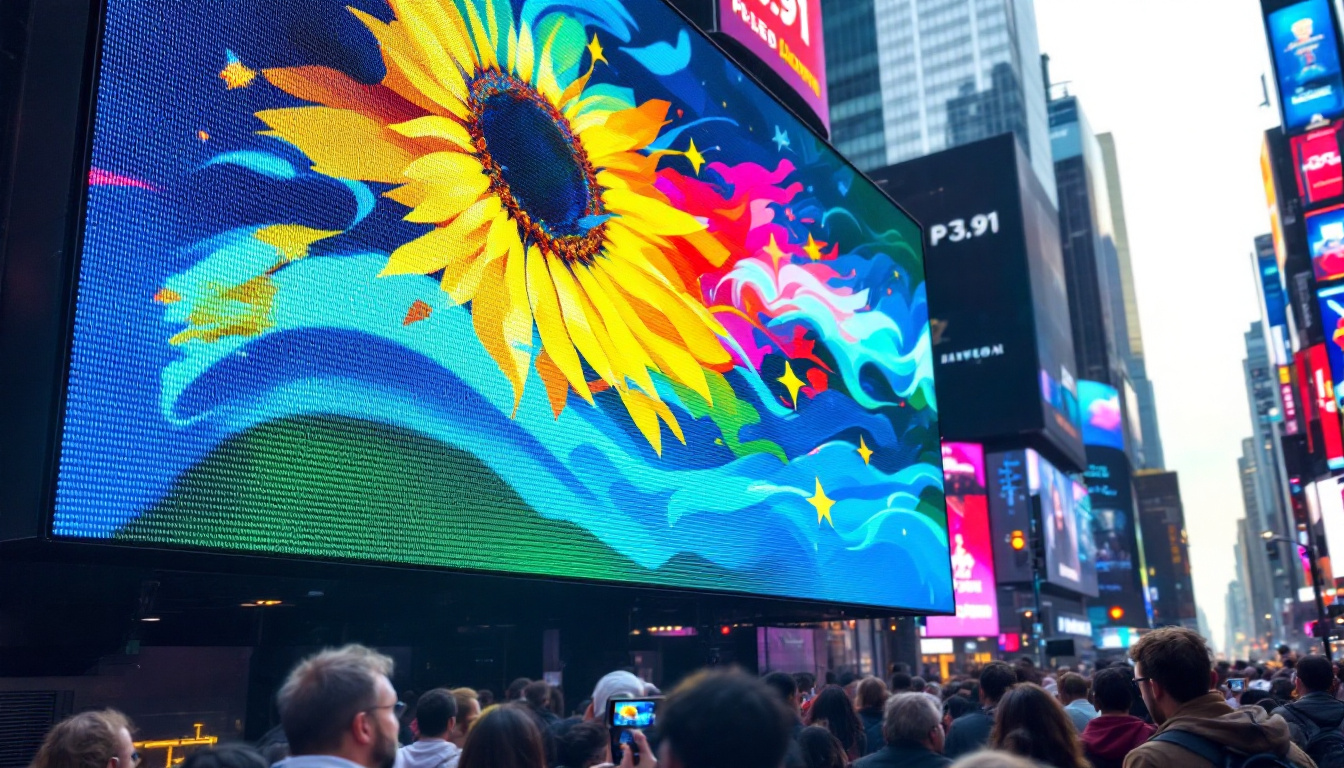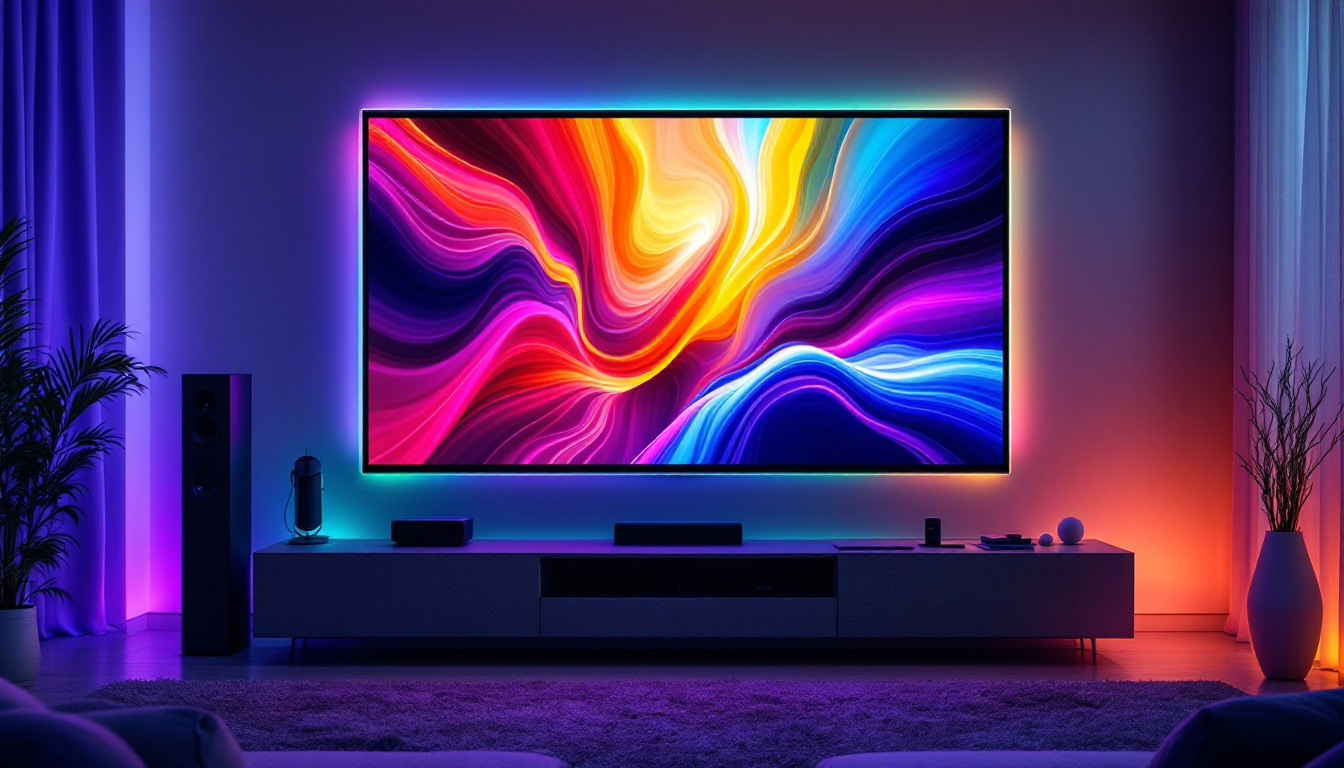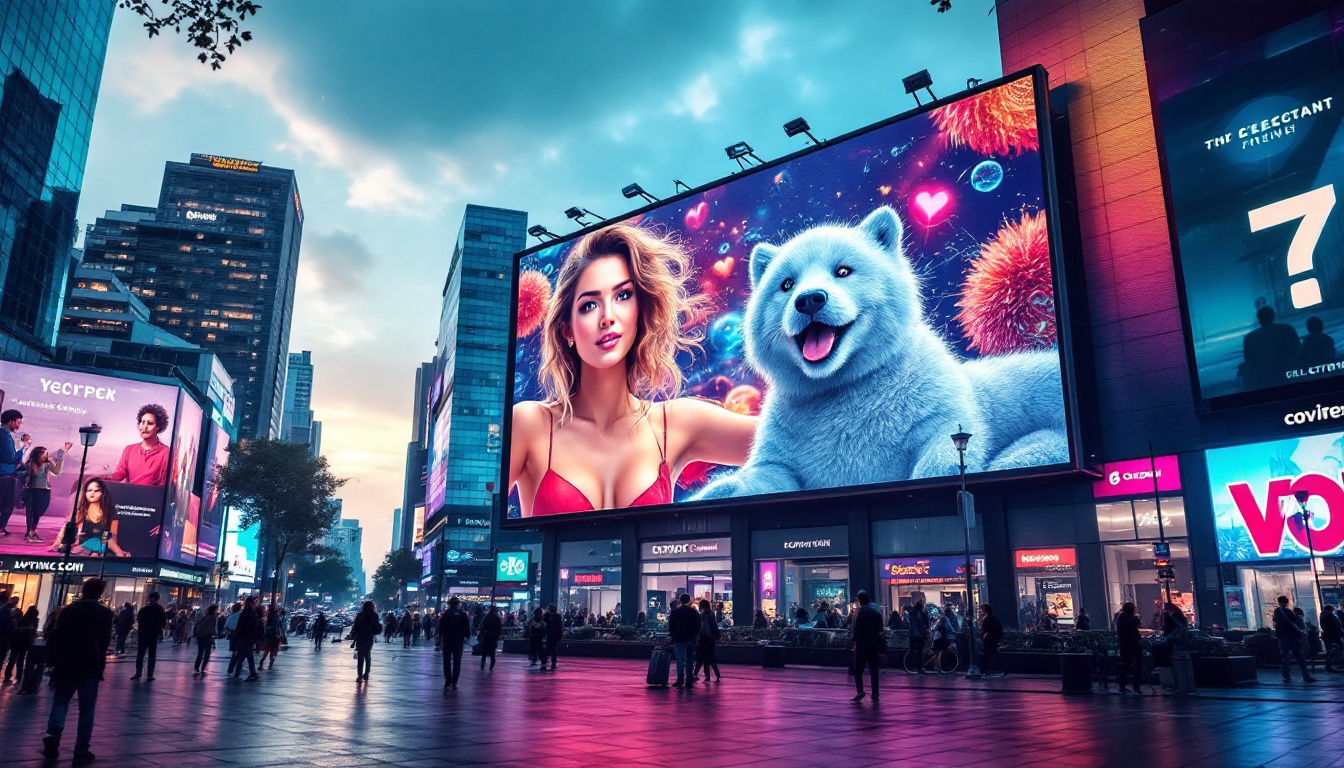In the heart of Beaverton, the local cinema has embraced cutting-edge technology to enhance the viewing experience for its patrons. One of the most significant advancements in this regard is the implementation of LED display systems. This article delves into the intricacies of LED displays, their benefits, and how they are transforming the cinema experience.
Understanding LED Technology
Light Emitting Diodes (LEDs) have revolutionized the way visual content is displayed. Unlike traditional projection systems that rely on a bulb to project images onto a screen, LED displays use an array of tiny light sources to create vibrant images. This fundamental difference leads to several advantages that are particularly beneficial in a cinema setting. For instance, the longevity of LED technology means that cinemas can reduce maintenance costs significantly, as LEDs can last tens of thousands of hours compared to the limited lifespan of traditional projector bulbs. This durability not only enhances the viewing experience but also contributes to a more sustainable approach to cinema operations.
How LED Displays Work
At its core, an LED display consists of thousands of small diodes that emit light when an electric current passes through them. These diodes are arranged in a grid formation, allowing for precise control over brightness and color. Each pixel on the screen is made up of red, green, and blue (RGB) diodes, which can be mixed in various combinations to produce a wide spectrum of colors. The technology behind LED displays allows for high contrast ratios and deeper blacks, resulting in a more immersive viewing experience. Furthermore, LED displays can be configured in various sizes and shapes, making them incredibly versatile for different cinema layouts. This adaptability means that cinemas can create unique viewing environments, whether it’s a standard rectangular screen or a more avant-garde curved display that wraps around the audience, enhancing the feeling of immersion.
Moreover, LED technology supports advanced features such as high dynamic range (HDR) and wide color gamut (WCG), which further elevate the quality of the images displayed. HDR allows for a greater range of brightness levels, ensuring that the brightest highlights and the darkest shadows are rendered with stunning clarity. This capability is especially important in modern filmmaking, where visual storytelling relies heavily on the interplay of light and shadow. As a result, audiences can enjoy a more nuanced and captivating cinematic experience that draws them deeper into the narrative.
Types of LED Displays
There are several types of LED displays used in cinemas, each suited for different applications. The most common types include:
- Direct View LED: This type is typically used for large screens and can be viewed from various angles without losing image quality. Direct View LED screens are particularly effective in large auditoriums where optimal viewing conditions are essential for audience satisfaction.
- LED Backlit LCD: These displays combine traditional LCD technology with LED backlighting, enhancing brightness and color accuracy. This hybrid approach allows for thinner screens while still delivering impressive image quality, making them a popular choice for smaller venues or secondary screens.
- MicroLED: A newer technology, MicroLED displays offer even greater resolution and energy efficiency, making them ideal for high-end cinema experiences. With the ability to create seamless large-scale displays without the risk of burn-in, MicroLED technology is paving the way for future innovations in cinema presentation.
In addition to these types, cinemas are also exploring the use of flexible LED displays, which can be shaped to fit unconventional spaces or create dynamic visual effects. This flexibility opens up new possibilities for artistic expression in cinema, allowing filmmakers to experiment with how visuals are presented and experienced. As LED technology continues to evolve, it promises to further enhance the cinematic experience, pushing the boundaries of what is possible in film presentation.
The Advantages of LED Displays in Cinemas
LED displays offer numerous benefits that enhance the cinema experience for both operators and audiences. Understanding these advantages can help appreciate why many cinemas, including those in Beaverton, are making the switch.
Superior Image Quality
One of the most compelling reasons for adopting LED technology is the superior image quality it provides. LED displays can achieve higher brightness levels compared to traditional projectors, ensuring that images remain clear and vibrant even in well-lit environments. This is particularly important for cinemas that may have varying lighting conditions.
Moreover, the color accuracy of LED displays is exceptional. The RGB configuration allows for a wider color gamut, meaning that filmmakers’ visions are more faithfully represented on screen. This results in a more engaging and visually stunning experience for viewers. Enhanced contrast ratios also contribute to deeper blacks and brighter whites, making every scene more immersive. Audiences can appreciate the intricate details in dark scenes, which can often be lost in traditional projection methods.
Energy Efficiency and Longevity
LED technology is known for its energy efficiency. Compared to traditional projection systems, LED displays consume significantly less power, which can lead to substantial cost savings over time. This is especially relevant for cinemas that operate on tight budgets and seek to minimize operational costs.
In addition to being energy-efficient, LED displays have a longer lifespan. While traditional bulbs may need to be replaced every few thousand hours, LED diodes can last tens of thousands of hours, reducing maintenance costs and downtime. This longevity not only contributes to lower operational expenses but also minimizes the environmental impact associated with frequent bulb replacements, making LED displays a more sustainable choice for cinemas committed to eco-friendly practices.
Flexibility and Customization
Another advantage of LED displays is their flexibility in design and installation. They can be configured to fit various screen sizes and shapes, allowing cinemas to create unique viewing experiences tailored to their specific needs. Whether it’s a standard rectangular screen or a more unconventional format, LED technology can accommodate diverse requirements.
This adaptability extends to the content displayed as well. Cinemas can easily switch between different formats, from advertisements to trailers and feature films, without compromising quality. This versatility is a significant asset in a dynamic entertainment environment. Additionally, LED displays can be integrated with advanced technologies such as augmented reality and interactive features, opening up new possibilities for audience engagement. For instance, cinemas can host special events or interactive screenings that enhance the communal viewing experience, making each visit to the cinema not just a movie outing, but a memorable event in itself.
Impact on Audience Experience
The implementation of LED displays has a profound impact on the audience’s cinema experience. As technology continues to evolve, so do the expectations of moviegoers. LED displays not only meet these expectations but often exceed them.
Enhanced Immersion
With their ability to deliver stunning visuals, LED displays create a more immersive environment for audiences. The bright, vivid colors and sharp contrasts draw viewers into the film, making them feel as if they are part of the story. This heightened sense of immersion can significantly enhance emotional engagement with the film.
Additionally, LED technology allows for more innovative storytelling techniques. Filmmakers can experiment with visuals that were previously challenging to achieve, creating unique cinematic experiences that captivate audiences.
Improved Accessibility
LED displays also contribute to improved accessibility in cinemas. With their high brightness and contrast ratios, they make it easier for individuals with visual impairments to enjoy films. Furthermore, cinemas can incorporate features like captioning and audio descriptions more seamlessly, ensuring that everyone has the opportunity to engage with the content.
Challenges and Considerations
Despite the numerous benefits, the transition to LED displays is not without its challenges. Cinemas must carefully consider various factors before making the switch.
Initial Investment Costs
The upfront costs associated with LED technology can be significant. While the long-term savings on energy and maintenance are appealing, the initial investment may deter some cinema operators. It’s essential to conduct a thorough cost-benefit analysis to determine if the transition is financially viable.
Moreover, the cost of installation and potential renovations to accommodate new display systems can add to the overall expense. Cinemas must weigh these factors against the potential benefits to make an informed decision.
Technical Expertise
Implementing LED displays requires a certain level of technical expertise. Cinema staff may need additional training to operate and maintain the new systems effectively. This can involve hiring specialized technicians or investing in training programs, which adds another layer of complexity to the transition.
The Future of Cinema Displays
As technology continues to advance, the future of cinema displays looks promising. LED technology is likely to evolve further, leading to even more innovative applications in the cinema industry.
Integration with Other Technologies
Future developments may see LED displays integrated with other emerging technologies, such as virtual reality (VR) and augmented reality (AR). This integration could create entirely new forms of storytelling and audience engagement, pushing the boundaries of traditional cinema.
Moreover, advancements in artificial intelligence (AI) may enable cinemas to personalize the viewing experience further. AI algorithms could analyze audience preferences and adapt content accordingly, ensuring that each viewer has a tailored experience.
Sustainability and Eco-Friendliness
As the world becomes increasingly aware of environmental issues, the cinema industry is also moving towards more sustainable practices. LED displays, with their energy efficiency and longevity, align well with these goals. Future innovations may focus on making LED technology even more eco-friendly, from production processes to end-of-life recycling.
Conclusion
The adoption of LED displays in cinemas, such as those in Beaverton, marks a significant shift in how films are presented and experienced. With superior image quality, energy efficiency, and enhanced audience engagement, LED technology is reshaping the cinematic landscape.
While challenges exist, the long-term benefits of LED displays make them an attractive option for cinema operators looking to elevate the viewing experience. As technology continues to evolve, the future of cinema holds exciting possibilities, promising a richer and more immersive experience for audiences everywhere.
Discover the Future of Cinematic Displays with LumenMatrix
As you contemplate the transformative impact of LED technology on the cinema experience, envision the possibilities with LumenMatrix. Our commitment as a leading innovator in LED display technology is to provide you with an array of solutions that bring stories to life. From Indoor and Outdoor LED Wall Displays to specialized options like Vehicle, Sports, and Floor LED Displays, LumenMatrix tailors to every cinematic need. Our mission is to revolutionize your visual storytelling with displays that captivate and engage. Ready to enhance your brand visibility and audience experience? Check out LumenMatrix LED Display Solutions and join the visual revolution.

